INDIAN ARMED FORCES CHIEFS ON OUR RELENTLESS AND FOCUSED PUBLISHING EFFORTS
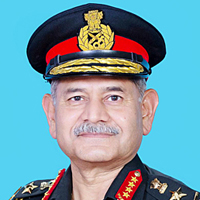
The insightful articles, inspiring narrations and analytical perspectives presented by the Editorial Team, establish an alluring connect with the reader. My compliments and best wishes to SP Guide Publications.

"Over the past 60 years, the growth of SP Guide Publications has mirrored the rising stature of Indian Navy. Its well-researched and informative magazines on Defence and Aerospace sector have served to shape an educated opinion of our military personnel, policy makers and the public alike. I wish SP's Publication team continued success, fair winds and following seas in all future endeavour!"

Since, its inception in 1964, SP Guide Publications has consistently demonstrated commitment to high-quality journalism in the aerospace and defence sectors, earning a well-deserved reputation as Asia's largest media house in this domain. I wish SP Guide Publications continued success in its pursuit of excellence.
- Appointments Committee of Cabinet approves one-month extension in service of Chief of the Army Staff
- Prime Minister witnesses 'Bharat Shakti' – a Tri-Services Firing and Manoeuvre Exercise in Pokhran, Rajasthan
- Interim Defence Budget 2024-25 — An Analysis
- Union Defence budget 2024
- Indian Army: In quest of greater firepower and policy recommendations for gaps
- Indian Army Annual Press Conference 2024
- Tata Boeing Aerospace Delivers 250 AH-64 Apache Fuselages, Manufactured in India
Fortifying India's Air Defence
India has signed a deal with Russia for the Container-S (29B6) OTH radar, which is capable of detecting stealth jets and missiles over 3,000 km with 240° arc and 100 km altitude coverage.
 |
The Author is Former Director General of Information Systems and A Special Forces Veteran, Indian Army |
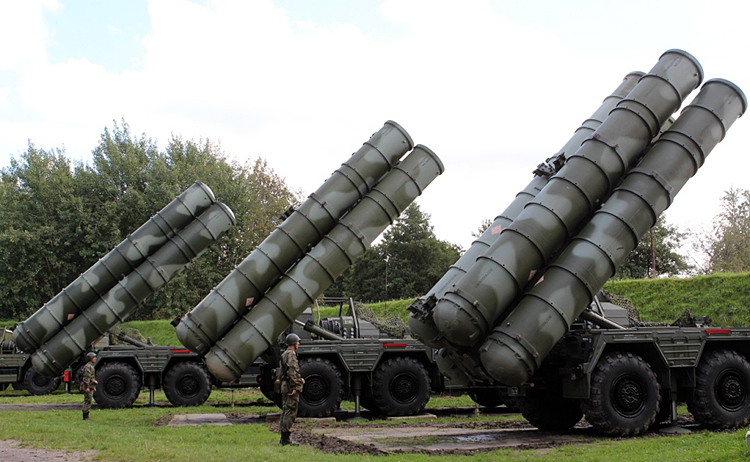
Operation 'Sindoor' saw India dominate the entire spectrum of conflict domains. India's radars, missiles, air defence (AD) systems, drones, counter-UAS technologies, and net-centric warfare systems made us strong and proud. The operation involved multi-layered air defence systems, which included the Russian S-400 AD system (named Sudarshan Chakra) unified with the Integrated Air Command and Control System (IACCS), and the short-range Pechora and OSA-AK AD systems. Many batteries of the Israeli SPYDER-MRs using Python-5 and Derby surface-to-air missiles (SAM) were involved. A much larger complement of Indian AD guns to counter drones, short-range and medium-range SAMs like Akash and MRSAM (India-Israel) made engagements.
Russia also offered India its S-500 Prometheus AD system, having an operational range of up to 600 km, which can intercept hypersonic weapons, ballistic missiles, and even low-earth orbit satellites.
The Air Force Network (AFNet), incorporating the latest traffic transportation technologies and facilitating robust, high-quality voice, video and conferencing solutions, was fully optimised. Same was the case of the 'Akashteer' tactical command and control system, monitoring low-level airspace in battle areas and efficient control of Ground-Based AD Weapon Systems. Akashteer, combined with IAF sensors and civilian radars through the IACCS supports the Joint Air Defence Centre (JADC). It is to the credit of the AD, under overall control of the IAF, that Pakistani drones and missiles (including Shaheen-II missiles) were shot down with a near-100 per cent kill ratio.

India is now going in for further fortification of AD systems. India has signed a deal with Russia for the Container-S (29B6) OTH radar, which is capable of detecting stealth jets and missiles over 3,000 km with 240° arc and 100 km altitude coverage. Russia has also confirmed it will deliver the remaining two units of S-400 air defence systems to India by 2025-2026. India had signed a $5.43 billion deal with Russia in 2018 for five squadrons of the S-400 Triumf missile system. Three squadrons have already been delivered to India. There are reports that India may go for more S-400 AD systems.
India has successfully tested the indigenous 'Bhargavastra' micro-missile system, designed to counter swarm drones
The S-400 Triumf is a long-range, surface-to-air missile system known for its advanced radar and missile capabilities. The S-400 Triumf is a long-range, surface-to-air missile system known for its advanced radar and missile capabilities. It can detect and engage various aerial threats, including aircraft, ballistic missiles, cruise missiles, and drones, with high precision. Its missiles can reach speeds of up to 17,000 km/h (Mach 14) and operate at altitudes ranging from 10 meters to 30 km. Each S-400 squadron typically has 12 launchers. Each squadron consists of two batteries, and each battery is equipped with six launchers; each battery is capable of holding up to 128 missiles. A squadron has a total of 16 vehicles. India bought a total of 60 launchers with around 6,000 missiles including 9M96E2 (120 km), 48N6E2 (200 km), 48N6E3 (240 km) and 40N6E (380 km).
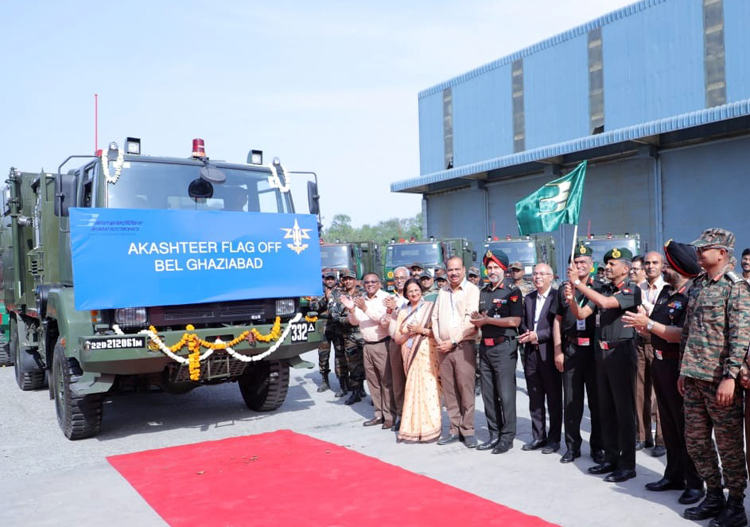
In the recent past, Russia also offered India its S-500 Prometheus AD system, having an operational range of up to 600 km, which can intercept hypersonic weapons, ballistic missiles, and even low-earth orbit satellites. A joint production deal for the S-500 is lucrative since it will bring every corner of Pakistan within its strike range. This will also be cost-effective, as India would require only the missiles and software upgrades, while the launchers would remain the same as in S-400.
DRDO Chairman Samir V. Kamat has stated that Kusha AD System is not merely comparable to S-400 but is instead aligned with capabilities of the S-500.
It was reported in these columns in January this year that India has successfully tested the indigenous 'Bhargavastra' micro-missile system, designed to counter swarm drones; Bhargavastra successfully engaged two virtual targets beyond 2.5 km range in the trial. The system features simultaneous launch capability of over 64 micro missiles, enabling preserving advanced air defence systems for more substantial threats. The IAF has also expressed interest in the system.

Within the next few months, India is set to add five more layers of air defence: At Short Distance – For Short Distance – Very Short-Range Air Defence System (VSHORADS) and Bhargavastra; For Mid Distance - Quick Reaction Surface-to-Air Missile (QRSAM), Long Range Anti-Ship Missile (LRAShM) and Akash NG. In addition are numerous anti-drones, anti-UAV systems which are in the works or already and incorporated. The DRDO is also set to conduct another test of the 1,500-km Long Range Land Attack Cruise Missile (LRLACM), which successfully completed its maiden test flight on December 12, 2024. With a weight of approximately one ton, a length of six metres, and a diameter of 52 metres, the LRLACM, capable of carrying both conventional and nuclear warheads, offers a range of options for pinpoint strikes against strategic targets.
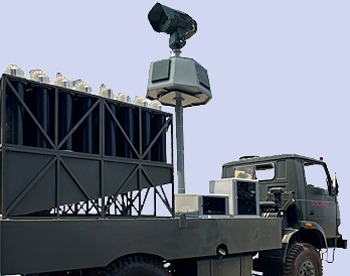
India is also developing an indigenous AD system under Project 'Kusha' to bridge the capability gap between India's existing MR-SAM (80 km) and the Russian S-400 (400 km) systems (as speculated), and to complement other air defence assets such as the Indo-Israeli Barak-8 and the indigenous Ballistic Missile Defence (BMD) system. But DRDO Chairman Samir V. Kamat has now stated that Kusha AD System is not merely comparable to S-400 but is instead aligned with capabilities of the S-500. A ₹21,700 crore DRDO-led initiative with Bharat Electronics Limited (BEL) as the development partner, Project Kusha aims to deliver a long-range air defence system rivalling the S-400 by 2028. The system will include three types of interceptor missiles; M1 (150 km range), M2 (250 km range), and M3 (350 km range). It will counter stealth jets, drones, and Mach 7 ASBMs, enhancing India's air and naval supremacy. The system will integrate seamlessly with the IAFs IACCS, enabling real-time coordination with military and civilian radars for enhanced situational awareness and response. It is expected to be operational for the Indian Air Force and Indian Navy by 2028–2029.
Without a massive satellite boost to dominate the space domain, Indian Armed Forces risk blind spots against hypersonic missiles in crisis, an unacceptable vulnerability in an era where wars play out above the clouds.
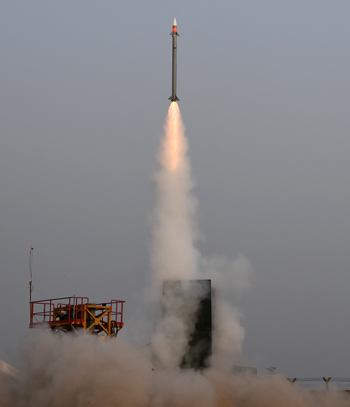
According to news reports of June 1, 2025, the installation of portable launcher and jet deflector systems is set to commence shortly in preparation for the inaugural test firing of the M1-interceptor missile. The M1 missile features an Active Electronically Scanned Array (AESA) seeker, infrared (IR) and radio frequency (RF) guidance, and a dual-pulse motor for enhanced manoeuvrability. The system has a single-shot kill probability exceeding 80 per cent, which increases to over 90 per cent in salvo mode. The launcher's portability underscores the system's transportability, a key requirement for rapid deployment across various operational theatres.
The M1 missile is based on the Akash-NG airframe, incorporating a booster with a length of 1,150 mm and a grain mass of 135 kg. It utilises Thrust Vector Control (TVC) and a new 'Indhan-1' propellant for improved performance. The kill vehicle is equipped with a Seeker Stabilization and Tracking System (SSTS) similar to that of the Akash-NG, enabling it to track targets with a velocity of 2,300 m/s and a radar cross-section of 2 m² at ranges exceeding 20 km. For the prototypes, BEL aims to build the first working model in 12-18 months. User trials may take another 1-3 years.
Above are good developments to fortify India's air defence with a robust and multi-layered air defence architecture, However, former ISRO chief S. Somanath has warned that without a massive satellite boost to dominate the space domain, Indian Armed Forces risk blind spots against hypersonic missiles in crisis, an unacceptable vulnerability in an era where wars play out above the clouds.





